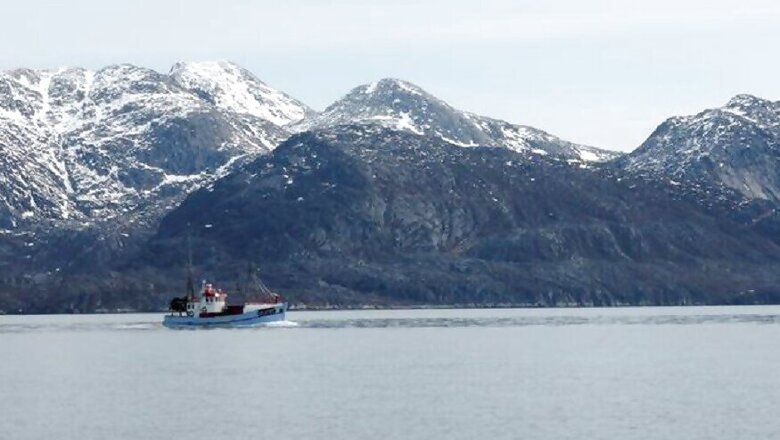
views
The glaciers and ice caps that dot the edges of the Greenland coast are not likely to recover from the melting they are experiencing now, new research has found.
The study suggests that the melting of Greenland's coastal ice will raise global sea level by about 1.5 inches by 2100.
It is bad news, but not immediate cause for panic, said one of the researchers Ian Howat, Associate Professor at Ohio State University in the US.
The findings apply to the comparatively small amount of ice along the coast only, he explained - not the Greenland Ice Sheet, which is the second largest ice cache in the world.
Also read: Ford Boosts Research in Canada for Connected Cars
The find is important because it reveals exactly why the most vulnerable parts of Greenland ice are melting so quickly - the deep snow layer that normally captures coastal meltwater was filled to capacity in 1997.
That layer of snow and meltwater has since frozen solid so that all new meltwater flows over it and out to sea.
"These peripheral glaciers and ice caps can be thought of as colonies of ice that are in rapid decline, many of which will likely disappear in the near future," Howat said.
"In that sense, you could say that they're 'doomed.' However, the ice sheet itself is still not 'doomed' in the same way. The vast interior ice sheet is more climatologically isolated than the surrounding glaciers and ice caps," Howat added.
For the study, the researchers used a high-resolution topographic model of the glaciers, a detailed map of glacier boundaries, and a high-resolution numerical model of drainage processes.Also read: NASA Findings Indicate Mars Atmosphere Lost to Space

















Comments
0 comment